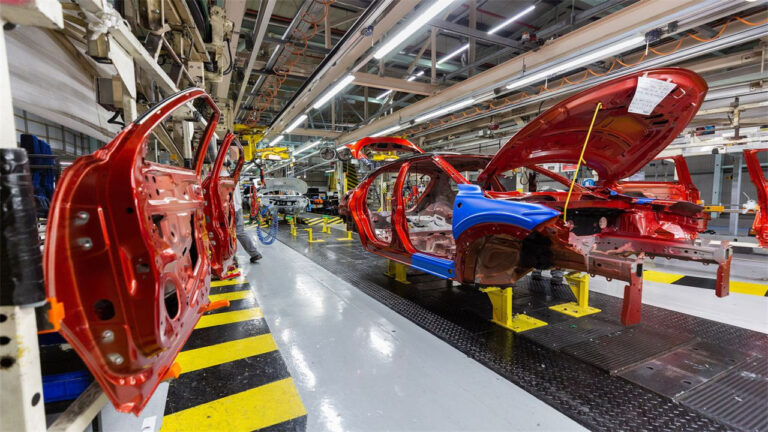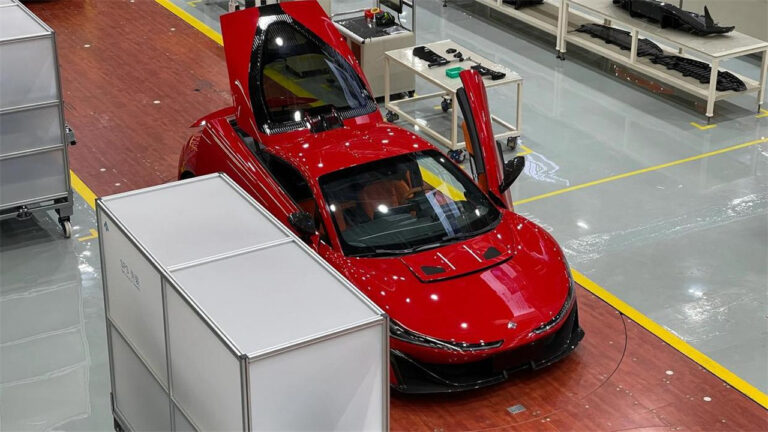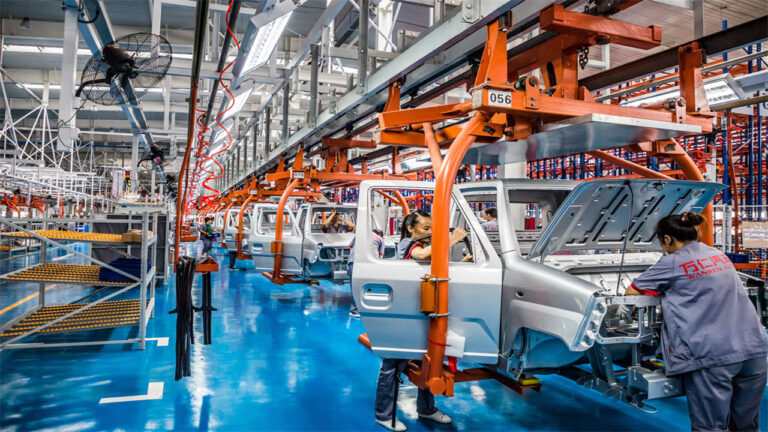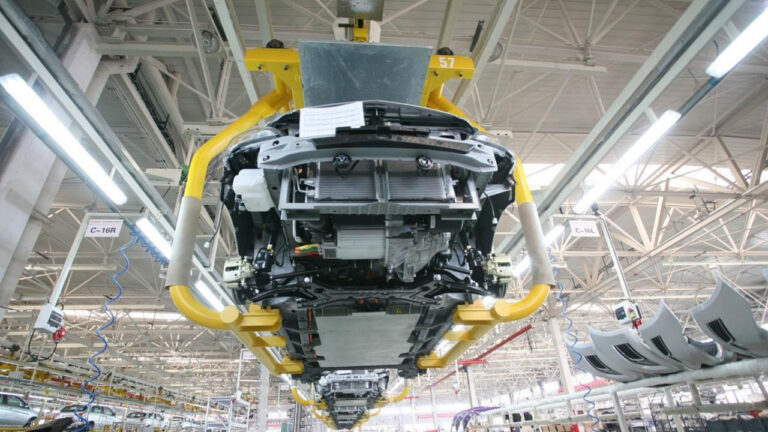Automobile Production Line——Automobile Intelligent Production Line
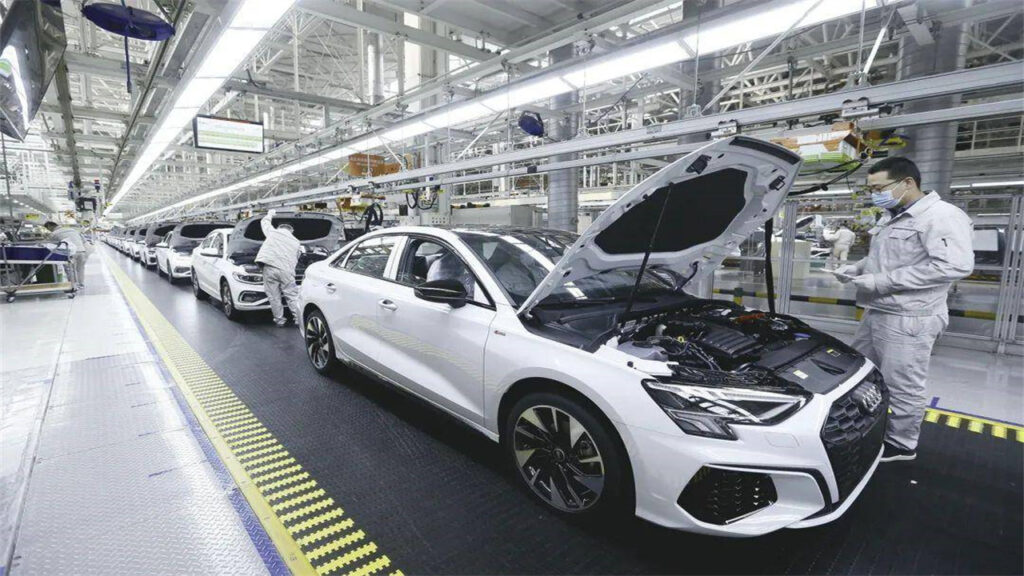
Automobile Production Lines/Assembly Lines are Suitable to Assemble/Produce 4 wheelers, Cars, Sedans, SUVs, Automobiles, EVs and so on.(Sometimes, suitable for Pickups production.)

Automobile intelligent production lines are the epitome of modern automotive manufacturing technology, integrating a variety of advanced automation, informatization, and intelligent technologies to achieve efficient, flexible, and sustainable production. Here is a detailed introduction to automobile intelligent production lines:
Key Technologies
- Industrial Internet of Things (IIoT):
- Equipment Interconnection: Various devices and machines on the production line are interconnected through sensors and communication technologies, forming a vast network system. Sensors collect real-time operational data of equipment, such as temperature, pressure, and vibration, and transmit it to the central control system.
- Data Transmission and Processing: These data are transmitted to the cloud or edge computing devices via wireless or wired networks, where they are stored, analyzed, and processed. Through big data analysis, equipment status can be monitored in real-time, and potential failures can be predicted, thereby improving equipment reliability and production efficiency.
2.Automated Production Line Integration:
- Robot Application: Industrial robots are widely used in welding, painting, and assembly processes. For example, in the welding workshop, robots can accurately complete the welding of body weld points, improving welding quality and efficiency; in the painting workshop, robots can evenly spray paint, reducing paint waste.
- Automated Conveyance Systems: Automated conveyors and AGVs (Automated Guided Vehicles) are used to automatically transport and position parts and semi-finished products on the production line, reducing manual handling and improving production rhythm.
- Automated Assembly Lines: In the final assembly workshop, automated assembly lines can achieve automatic assembly of the body with the chassis, engine, transmission, and other components, reducing manual intervention and improving assembly precision and consistency.
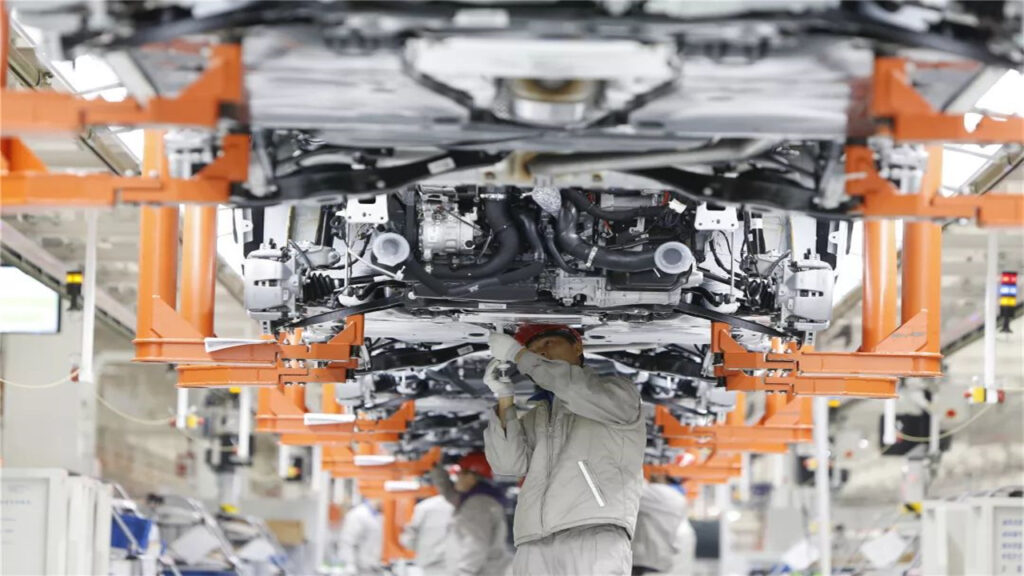
3.Artificial Intelligence Quality Control:
- Visual Inspection: Machine vision technology is used to conduct real-time inspections of body appearance, welding quality, painting quality, etc. For example, machine vision systems can identify defects on the body surface, such as scratches and unevenness, automatically mark them, and feedback to relevant personnel for processing.
- Data Analysis: Combined with artificial intelligence algorithms, inspection data is analyzed to identify patterns and causes of quality defects, providing a basis for quality improvement. At the same time, quality data traceability can be achieved, tracking the origin and destination of defective parts.
4.Intelligent Supply Chain Management:
- Demand Forecasting: Big data analysis of market sales data and historical order information is used to accurately predict market demand, guiding the procurement and production plans of parts, reducing the risks of inventory backlog and shortages.
- Logistics Optimization: An intelligent logistics system is used to achieve timely delivery and inventory management of parts. For example, an intelligent warehousing system is used for automated storage and picking of parts; intelligent logistics route planning optimizes the transportation routes of parts, reducing logistics costs.
Advantages
- Improved Production Efficiency: The application of automated equipment and intelligent systems reduces manual operations, increases production rhythm and equipment utilization, and shortens production cycles.
- Enhanced Product Quality: Precise automated assembly and strict quality control reduce human errors, improving product quality and consistency.
- Reduced Production Costs: Optimized production processes and equipment maintenance reduce energy consumption and raw material waste, lowering production costs.
- Increased Flexibility and Adaptability: Intelligent production lines can quickly adjust production plans and product types according to market demands, achieving multi-variety and small-batch production to meet personalized customization needs.
- Promotion of Sustainable Development: Energy conservation and resource optimization reduce environmental impact, in line with the requirements of sustainable development.
